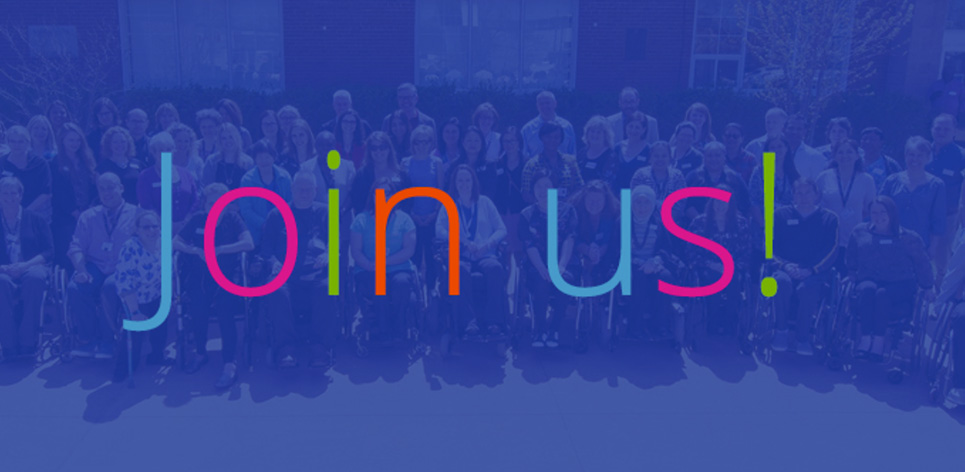About SCIO
Our History
Spinal Cord Injury Ontario (SCIO) has been at the forefront of change and innovation for individuals living with spinal cord injuries since 1945. Our journey is not just a reflection of our organization’s evolution but a testament to the resilience, determination, and progress of the entire spinal cord injury community in Ontario.
This page honors our heritage, celebrating key milestones and acknowledging the collective efforts that have shaped our present and are paving the way for our future.
An extraordinary beginning
Our story begins with the return of World War II veterans, a group of indomitable spirits who refused to accept institutionalization as their fate. Led by the indomitable spirit of John Counsell and supported by fellow veterans and advocates, they laid the foundation for what would become SCIO.
Counsell, who fought and was injured at Dieppe, partnered with medical leaders in SCI and the newly established Department of Veteran Affairs to establish Lyndhurst Lodge, a community-based rehab centre located on Lyndhurst Avenue in Toronto. Counsell then brought the first folding, self-propelled wheelchair to Canada causing a revolution in mobility. In fact, he ordered 150 chairs thanks to Conn Smythe, a founding Board Member, and stored them in Maple Leaf Gardens.
Other founders who worked with John Counsell, Al Jousse and Conn Smythe, were Ken Langford, Andy Clark and LM Wood. (Read a summary of the role founder Al Jousse played in the establishment of Lyndhurst). Their determination to live independently and with dignity sparked a movement that would revolutionize support and care for individuals with SCI. This legacy of bold forward movement, of choosing life and community over isolation, remains at the heart of SCIO today.
Milestones of Progress and Innovation
Rick Hansens's "Man in Motion" tour gains SCIO's support, bringing international attention to spinal cord injury and the potential for groundbreaking advancements.
The late 1990s and early 2000s marked a period of aggressive expansion and innovation for SCIO, significantly enhancing our impact across the province:
- Peer Support Program Launch: A cornerstone of our services, providing invaluable mentorship and community for those newly navigating life with an SCI.
- Spinal Cord Injury Conference: An annual event showcasing the latest research and educational resources, fostering a knowledgeable and empowered community.
- Postdoctoral Fellowship: Established at Toronto Rehab/University of Toronto, advancing spinal cord research and promising new hope for breakthroughs.
- Service Expansion: With more offices and the introduction of the SCI Resource Centre at Lyndhurst Centre, our reach and resources grew exponentially.
- Aboriginal/First Nations Strategy: Extending programs and services to underserved communities, ensuring inclusivity and support for all Ontarians.
- Awards and Recognition: Earning accolades for our governance and reporting, reflecting our commitment to excellence and transparency.
- Cultural Contributions: Partnering with the RARE Theatre Company and Soulpepper Theatre to produce "Borne," a play that brings the realities of living with a spinal cord injury to the stage.
- Advocacy for Accessibility: Instrumental in the passage of Bill C-81, An Act to Ensure a Barrier-Free Canada, marking a historic step towards a fully inclusive society.
Peer to peer, strength to strength, we continue to build on our legacy towards a future where every person with a spinal cord injury in Ontario can live a life without barriers.
Our commitment to the future
As we honor our past, we are propelled by the knowledge that our work is far from finished. The challenges and opportunities ahead call for continued innovation, advocacy, and community support. SCIO is dedicated to advancing our mission, upholding our values, and expanding our impact, ensuring that every individual impacted by spinal cord injuries in Ontario has the resources, support, and community they need to thrive.
SCIO’s legacy is not just about where we’ve been; it’s about where we’re going, together.

